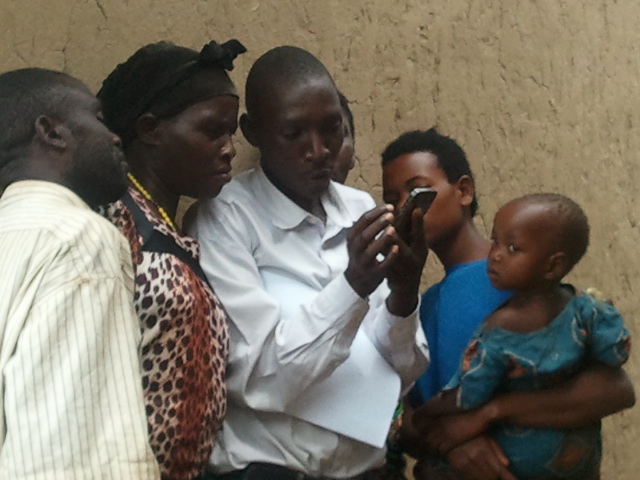Fredrick Ndiwalana is Relationship Manager, Applab Money Accelerator, and Ali Ndiwalana is Research Lead, AppLab Money Incubator, at Grameen Foundation Uganda.
There is consensus that the poor (those living on less than $2.50 per day) need the same kind of financial services as their more affluent counterparts, albeit in smaller affordable units. What is not clear – especially in markets where formal financial exclusion is high and innovation is low – is whether financial institutions can design pro-poor financial products. After all, this is an area where they have not done so well for the so-called rich, despite years of experience. East Africa is such a market.
In Uganda, where Grameen Foundation’s Applab Money Accelerator is located, financial institutions continue to offer savings products for which the interest earned by the customer is much lower than the rate of inflation. This is something that the average ”financially included” savings account holder has become accustomed to, and financial institutions have always found a reasonable way to justify it such as a low bank rate as well as high operational costs. Though such explanations may be acceptable to the economically schooled, they seem to defy logic when it comes to explaining them to the less schooled.
How do you explain to a farmer who sells a goat and keeps the money in a bank account that he will not be able to buy back the same goat using those savings if they are kept in a formal account for a one-year period? If the interest paid on savings accounts can’t keep up with inflation, why would a farmer who can save by keeping a portion of his maize harvest in his hut opt for a formal savings account?
Does the formal system’s value proposition for savings accounts today match the informal system’s used by the unbanked?
Figure 1: Comparison of a common formal saving proposition with an informal option
In early 2012, Grameen Foundation worked with a project in the Acholi sub region of northern Uganda that sought to improve farmer livelihoods by providing increased access to markets. The project invested heavily in building warehouses for smallholder farmers. The donor had noticed that these farmers are paid too little for their grain at harvest when there is a momentary glut in supply, but could get better margins if they bulked the produce and sold large quantities, or could make even more if they held onto the produce for up to two to three months after the harvest. The warehouses were built and equipped but in many cases remained only marginally utilized (2% to 5%).
Our interaction with the farmers who were not using the collection centers revealed that they see grain as more than just a crop; it is a sort of “value account.” Typically, a person who harvests 10 bags of maize will sell off two to three bags during harvest, when there is a glut on the market. Most of this money goes into the farmer “paying himself and his family,” including luxuries like beer and new clothing. Another two to three bags are later sold to pay school fees, while the balance is kept as both reserve for food security and seed for planting the next season. This largely accounts for why the farmers are not willing to let go of their grain.
At the Applab Money Accelerator, we will be working with two financial institutions in Uganda to come up with products that offer real value to people at the BOP, leveraging research and user data assembled by the Applab Money Incubator team, which has already been thinking about mass market segmentation. We know that we do not have all the answers yet, but we believe that we have a good number of clues to start us on an exciting journey of using the mobile phone to accelerate access to financial services for those at the bottom of the pyramid.
From what we know, it is clear that a mere breakdown of the current financial products into “smaller units that can be afforded by the poor” is not enough. Our innovations must match or improve on whatever the poor currently are using, and they must agree. The products must also be attractive to financial institutions, and be sustainable without being expensive for consumers. This is going to be difficult, but that is what makes the journey exciting.

Figure 2: Members of a VSLA in Western Uganda learn about how to access market information on a mobile phone.
